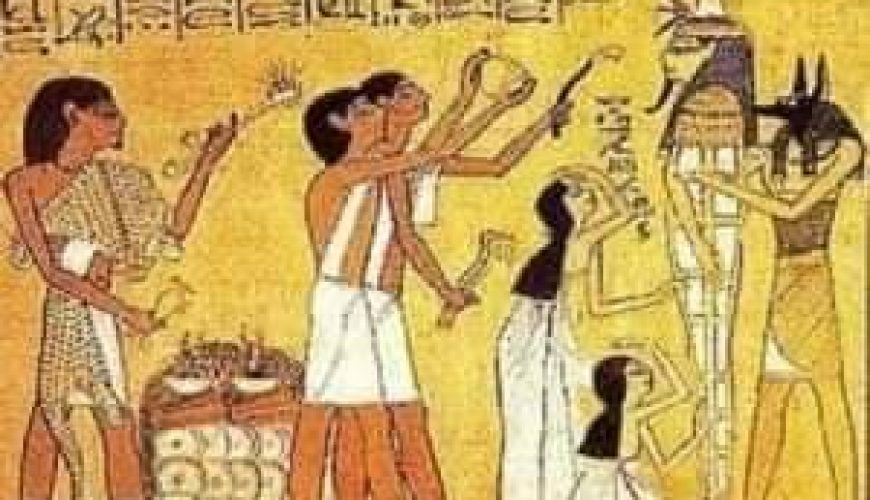The Book of the Dead
It is the oldest Book that we learned about, written in the era of building the Great Pyramid, and a copy of it is still preserved in the British Museum. In it are invitations to the gods, songs and prayers, then a description of the reckoning that the souls of the dead meet in the other world and the punishment and reward that comes to them.
Archaeologists found a set of funerary prayers, most of which were written on papyrus. The ancient Egyptians used to place them in their graves with the deceased. Archaeologists named these prayers the Book of the Dead, but its name given to it by the ancient Egyptians is “going out in the light of day”, and the main purpose is The ancient Egyptians used these prayers and invitations to guide the soul of the deceased on his journey in the other world.
The Book of the Dead consists of 200 chapters, and the Book describes the different places that the soul of the deceased crosses, as well as the situations and words that are said to guard the doors and formulas to nullify the evil of the enemies of light and light, and the deceased had to recite a response in which he took the character of any god as his protector, to acquire his qualities because he He was afraid of evil spirits taking his mouth so that he could not speak with the gods, or take his heart from him, cut off his head, or make him mislead his way, so he had to recite these words or spells to help him in warding off the evil of snakes and the colossal flies and all kinds of abuses that It seeks to destroy him in the other world so that he can reach the doors that will lead him to life again in the other world.
Among the most famous chapters in the Book of the deceased, Chapter 17 and Chapter 125, which represents the trial of the deceased in the other world, where the God Aziris and with him 42 judges and a group of deities are represented as they weigh the heart of the deceased to hold him accountable for his deeds and the deceased mentions the good deeds that he did.
The ancient Egyptian scribes copied them on papyrus papers and added some coloured drawings to them. Too many copies were found in the graves discovered by Egyptian archaeologists, and the German scientist Lyceus was the first to translate the Book of the Dead and publish its translation in 1842 A.D.
One of the prayers says
Peace be upon you, O greatest God, God of truth. I came to you, O God, submissively to bear witness to Your Majesty, I came, O my God, in the righteousness, abandoning falsehood, and did not wrong anyone and did not follow the path of the lost. I did not commit perjury to an oath, nor did I go astray, so my eyes extended to someone else’s wife from my womb, and my hand did not extend to someone else’s money. And I did not seek to entrap a servant at his master. I (O my God) did not cry and did not cry anyone, and I fought and betrayed. Still, I was not an instigator to kill, for I did not steal bread from the temples, did not commit immorality, and did not desecrate anything sacred, nor did I usurp unlawful money nor violate the sanctity of the dead, for I did not sell wheat at an obscene price nor did I sell Enough. I am pure, I am pure, I am pure. As long as you are innocent of sin, make me, O God, of the winners.


Comment (0)